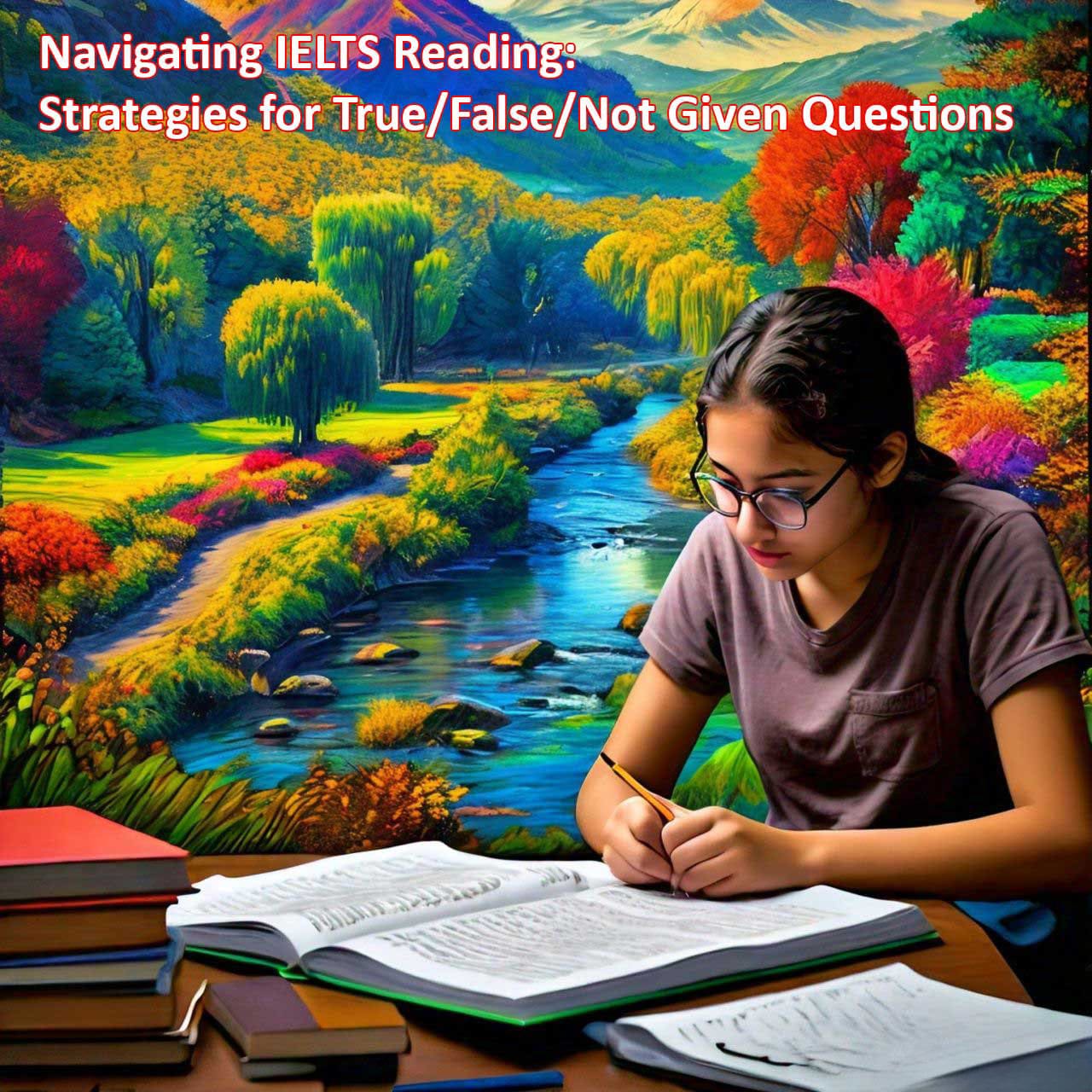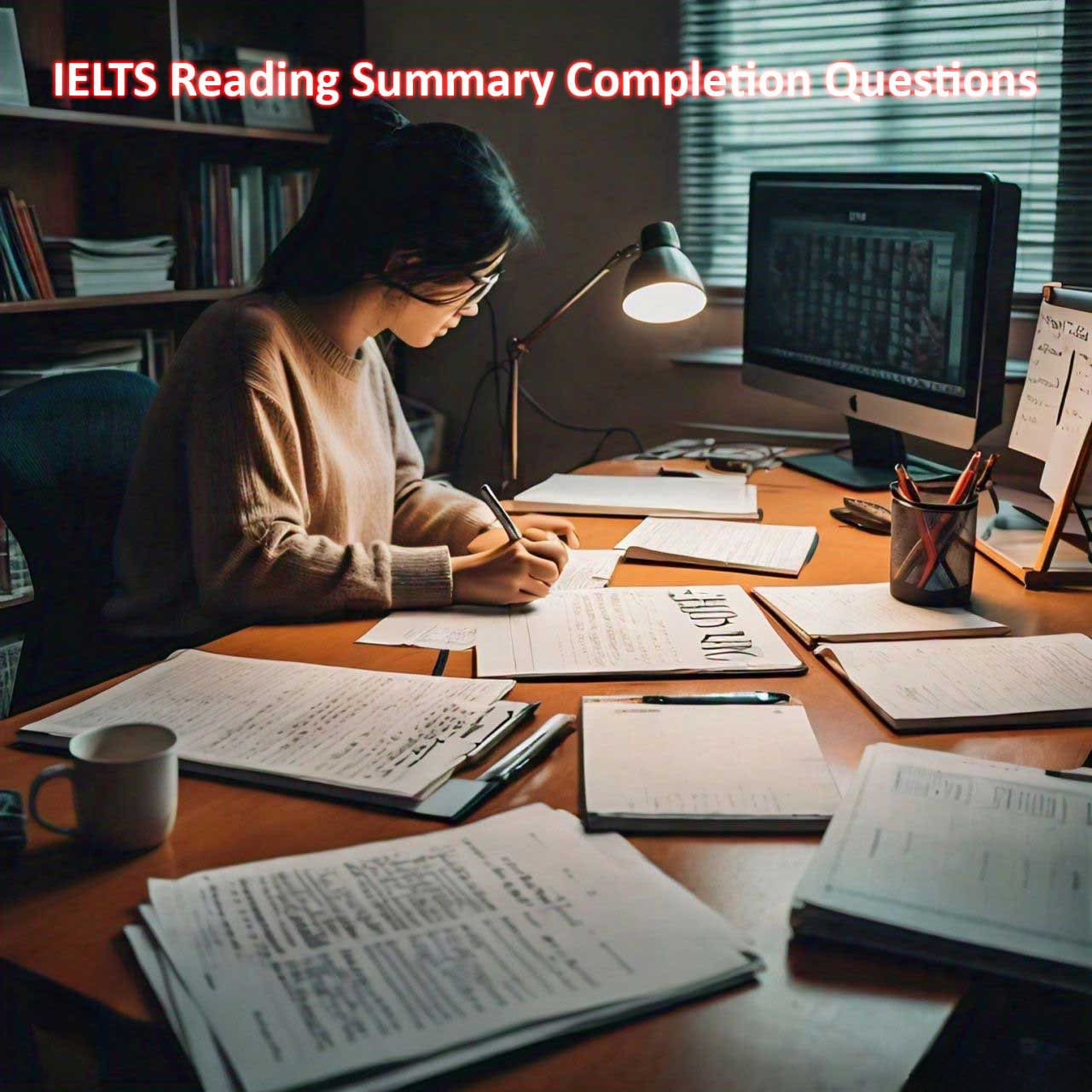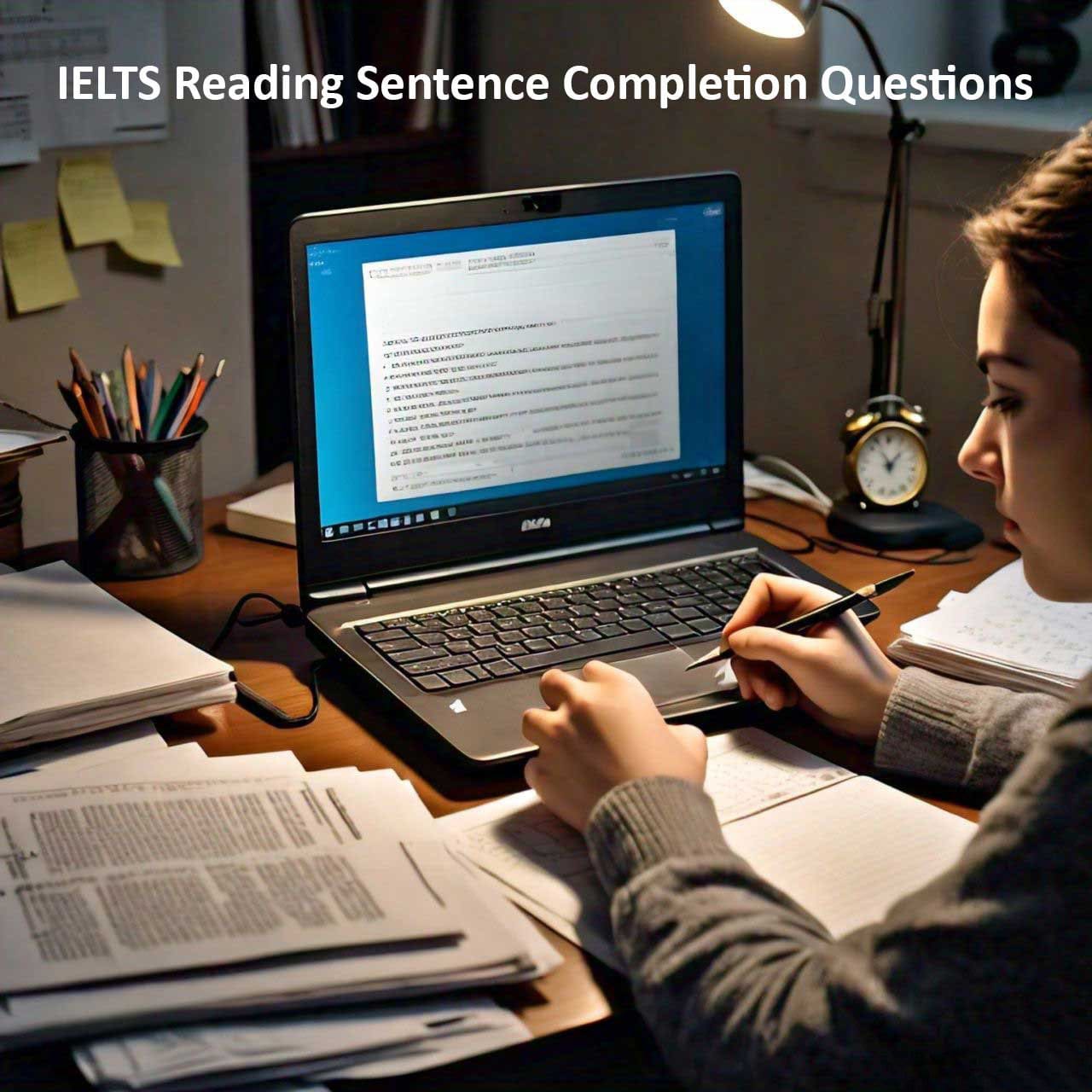In the IELTS Reading section, candidates encounter various question types designed to assess their comprehension skills and ability to extract information from written texts. One challenging question type is the True/False/Not Given (TFNG) question. In this blog post, we’ll delve into the intricacies of True/False/Not Given questions in the IELTS Reading test and provide effective strategies to help you tackle them successfully.
Table of Contents
Understanding True/False/Not Given Questions:
True/False/Not Given questions require candidates to determine whether statements provided in the question are true, false, or not given according to the information in the passage. While true and false statements require candidates to find direct evidence supporting or contradicting the statement in the passage, not given statements indicate that the information is not mentioned in the passage.
Strategies for Success:
1. Read the Instructions Carefully:
Before attempting True/False/Not Given questions, carefully read the instructions to understand the task requirements. Pay attention to the differences between true, false, and not given statements, and ensure you comprehend how to approach each type of question.
2. Skim the Passage:
Start by skimming through the passage to get a general idea of its content, structure, and main ideas. Pay attention to headings, subheadings, topic sentences, and any keywords or phrases that stand out. Skimming the passage helps you identify relevant sections and focus your attention during detailed reading.
3. Scan for Specific Information:
Once you’ve skimmed the passage, scan for specific information related to the True/False/Not Given statements. Look for keywords or synonyms of the statements mentioned in the passage. Focus on locating the exact information that corresponds to each statement to determine its accuracy.
4. Analyze the Statement and Passage:
For each True/False/Not Given statement, carefully analyze the statement and compare it to the information in the passage. Pay close attention to wording, nuances, and context clues that may indicate whether the statement is true, false, or not given. Be cautious of distractors and misleading information.
5. Evaluate Evidence:
Evaluate the evidence provided in the passage to support or refute the statement. Look for direct statements, facts, or details that explicitly confirm or contradict the statement. Avoid making assumptions or drawing conclusions based on your own knowledge or opinions.
6. Verify Not Given Statements:
For not given statements, verify that the information is indeed not mentioned in the passage. Double-check the relevant sections of the passage to ensure you haven’t overlooked any details that may invalidate the statement. If the information is not found in the passage, select “not given” as your answer.
7. Manage Your Time Effectively:
Allocate sufficient time for each True/False/Not Given question while ensuring you have ample time to complete the entire Reading section. Practice pacing yourself during practice tests to improve your time management skills and avoid spending too much time on any single question.
Practice and Preparation:
– Practice with a variety of True/False/Not Given questions from past IELTS Reading tests and sample question papers.
– Review your answers and analyze any mistakes to understand why certain statements were true, false, or not given.
– Familiarize yourself with different question types and test formats to develop confidence and proficiency in tackling True/False/Not Given questions.
Conclusion:
True/False/Not Given questions in the IELTS Reading test require candidates to carefully analyze statements and extract information from the passage accurately. By understanding the task requirements, skimming and scanning the passage efficiently, analyzing statements and evidence critically, and practicing regularly, you can approach True/False/Not Given questions with confidence and increase your chances of success in the IELTS Reading test.



